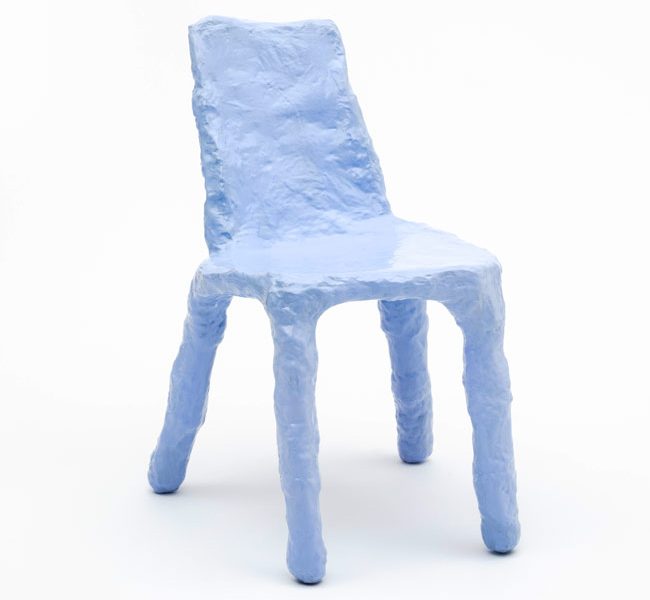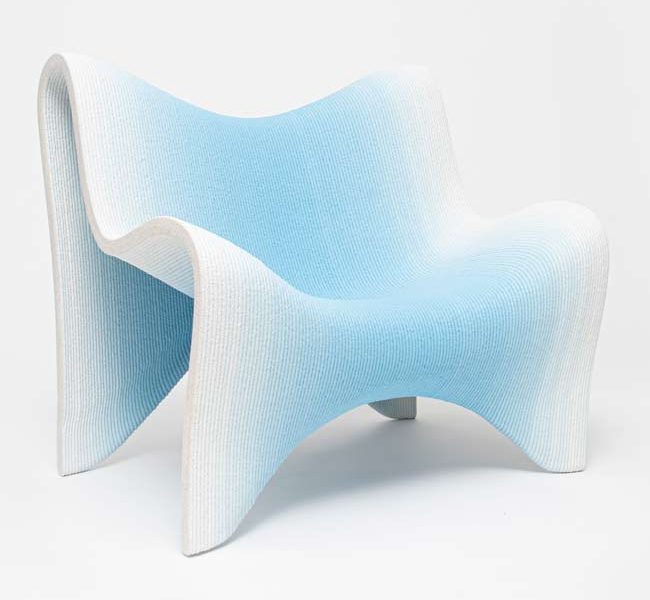Gradient Vase Small Design Process
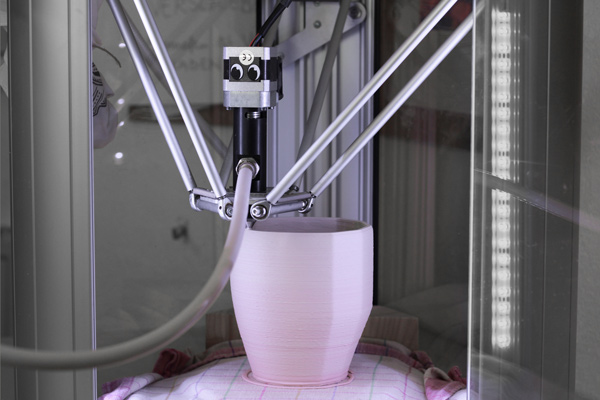
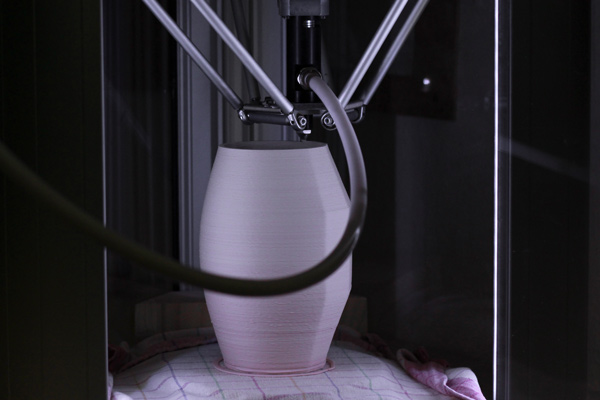
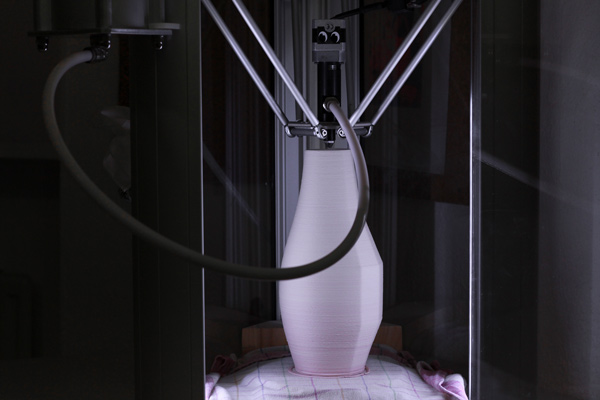
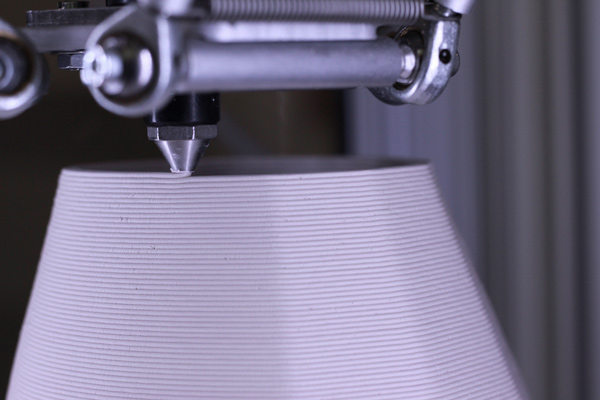
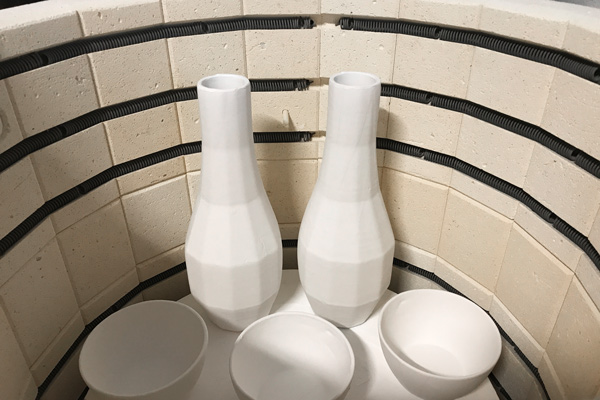
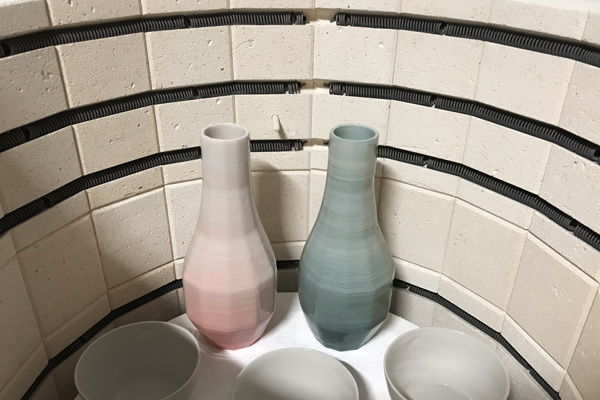
Design Process
Gradient Vase Small Design Process
The inspiration and tool for the design of the Gradient Vase was subdivision modelling, a computer graphics technique that generates a surface by the representation of a coarser polygonal mesh using a recursive algorithmic method. One half of the Gradient Vase shows the polygonal mesh which works as a functional limit and inner mesh. The other half shows the curved surface generated by an iterative process of subdividing the polygonal faces into smaller faces till the coarse mesh transforms into a smooth and elegant surface.
Ceramics have been used as the basis for fine arts since the beginning of time. This important heritage is now being continued and supplemented through the power of 3D printing technology. Ceramic 3D printing offers the ultimate opportunity to design and create complex contemporary sculptures.
After manually processing porcelain with water to achieve the right viscosity, the partly colored mixture is filled into a tube where it gets pushed through by an air compressor and extruded onto a clay slab. Layer after layer, the delta printer builds up the programmed volume. When the printing is finished, the piece has to dry up to one week before the first firing. Then it is glazed with transparent glaze and fired once more at a temperature of 1230°Celsius. Within the second firing, the vase shrinks because of vitrification of the quartz inside the porcelain mixture and the final color shading develops out. This stage also leads to a leak-proof and durable object.
The Gradient
An image gradient refers to the change of intensity of color within an image. In image processing, the gradient of an image is one of the fundamental building blocks.
Designer statement about the gradient:” For many years, I have been obsessed by the concept of a gradient which reflects elegance and harmony to me. I believe that the gradient is, in regards to the perception of the environment and its digital reflection, a fundamental design principle. It has a mathematical aesthetic and precision that I have always been admiring. With this project I want to combine the design of the gradient with different functional objects by the use of innovative fabrication technologies.” Philipp Aduatz


